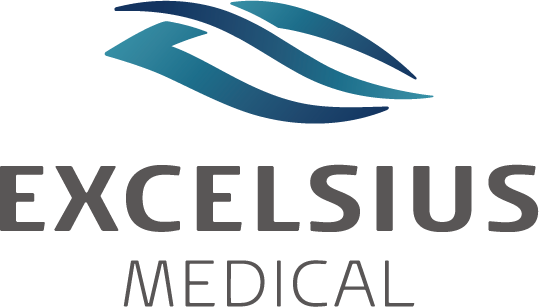How to Optimize Light Filter Performance to Enhance Your Workspace Efficiency
In today's fast-paced work environments, optimizing workspace efficiency has never been more critical. One essential component in achieving this goal is the effective use of light filters. According to a recent study by the International Commission on Illumination (CIE), over 30% of employees report decreased productivity due to poor lighting conditions. Light filters can play a pivotal role in mitigating glare and improving overall light quality, thus enhancing comfort and focus. Furthermore, research published in the Journal of Environmental Psychology reveals that natural light exposure can boost productivity by up to 15%.

By strategically incorporating light filters into workspace design, organizations can not only improve aesthetic appeal but also significantly impact employee well-being and performance. This guide will explore key strategies for optimizing light filter performance, ultimately leading to a more efficient and healthier workplace environment.
Understanding the Role of Light Filters in Workspace Lighting Design
Effective workspace lighting design is crucial for enhancing productivity and well-being. Understanding the role of light filters is a vital step towards achieving this. Light filters, particularly those that reduce blue light exposure, can significantly impact focus and reduce eye fatigue. This is especially important in modern workplaces where digital screens dominate. Implementing light filters can help mitigate the adverse effects associated with prolonged screen time, leading to better sleep patterns and overall health.
In addition to light filters, incorporating intelligent lighting control systems that utilize daylight harvesting can further optimize workspace efficiency. These systems adjust artificial lighting based on natural light availability, ensuring a balanced and pleasant work environment. By combining the benefits of light filters with advanced lighting technology, organizations can create a more comfortable atmosphere that fosters creativity and enhances employee performance. Exploring these options not only promotes better health but also contributes to sustainable office practices, making them a smart investment for any workspace.
Key Metrics: Assessing the Impact of Light Filter Efficiency on Employee Productivity
Effective light filtration in the workspace is not just about aesthetics; it directly impacts employee productivity. Key metrics such as glare reduction, color temperature, and light intensity play critical roles in how a well-lit environment can foster better focus and creativity. Studies show that optimal lighting conditions can enhance cognitive function, drive motivation, and even reduce the likelihood of errors. By adjusting these parameters, facilities can create a more conducive atmosphere for various tasks, from collaborative brainstorming sessions to individual deep work.
Additionally, analyzing employee feedback regarding light filter efficiency can offer valuable insights into the relationship between lighting and productivity. Engaging employees in discussions about their workspace environment can help identify specific issues such as discomfort from harsh lighting or lack of proper illumination. By refining light filter choices based on these assessments, organizations not only improve the physical workspace but also show a commitment to employee well-being, ultimately leading to higher satisfaction and performance levels across the board.
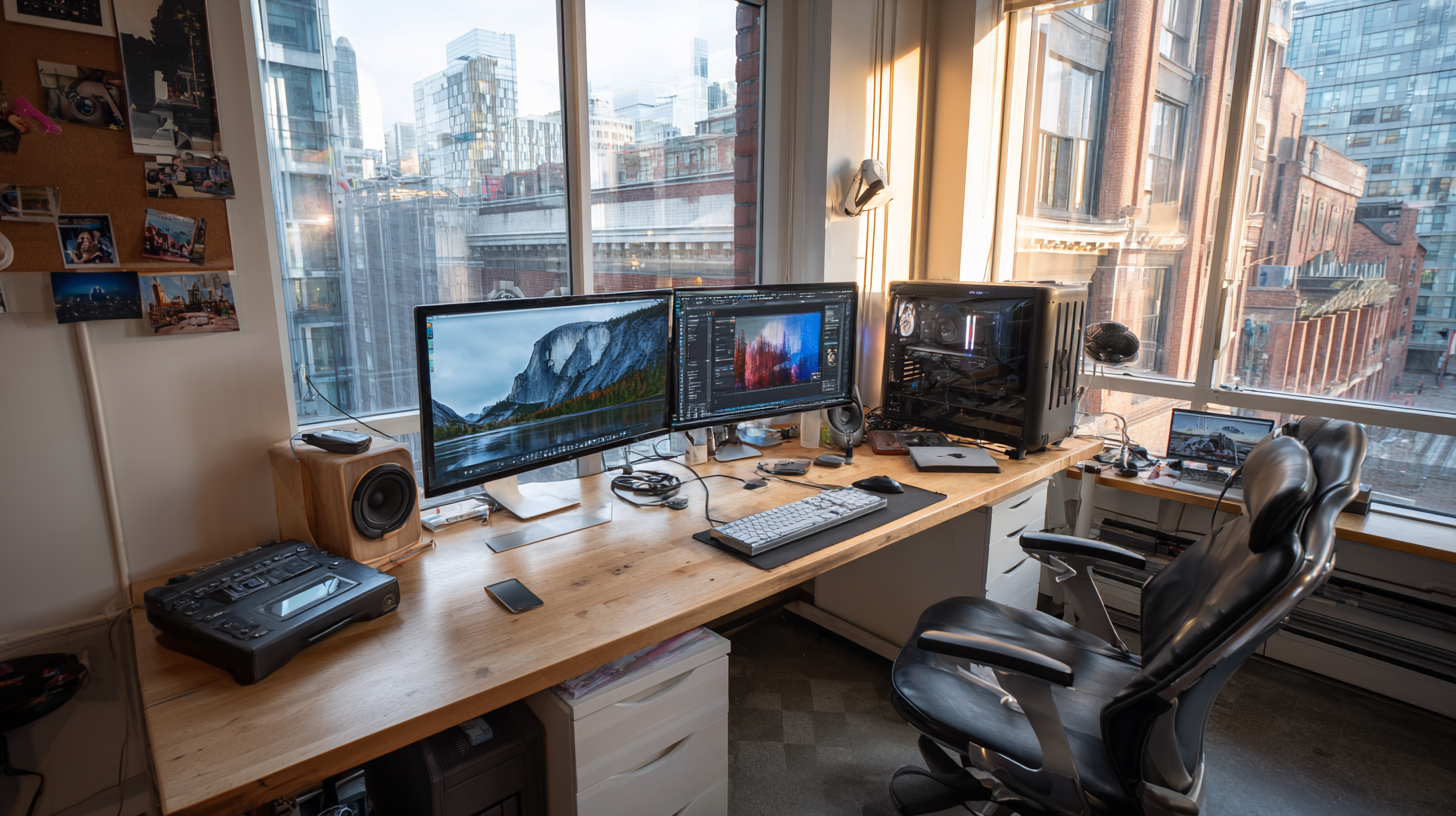
Choosing the Right Light Filters: Material Comparison and Performance Data
When optimizing light filter performance, understanding the materials available is crucial. Different light filter materials, such as polyester, polycarbonate, and glass, each offer unique benefits. For instance, polyester filters are lightweight and provide good UV protection, making them ideal for office environments where natural light is abundant. On the other hand, polycarbonate filters are more durable and can withstand higher temperatures, which may be beneficial in settings where heat exposure is a concern.
**Tip:** When selecting a light filter material, consider the specific lighting conditions of your workspace. If glare reduction is a priority, look for filters designed to diffuse light effectively while maintaining color fidelity.
Moreover, performance data plays a significant role in making the right choice. Check the specifications for light transmission, UV protection, and impact resistance to ensure the filters meet your workspace needs.
**Tip:** Conduct a simple test by using samples of different light filters in your workspace. Observe how each material influences the ambiance and overall comfort, helping you make a more informed decision.
Light Filter Performance Comparison
Optimizing Light Filter Placement for Maximum Illumination and Minimal Glare
When optimizing the placement of light filters in your workspace, it's crucial to consider the natural light sources and the orientation of windows. Properly positioned light filters can enhance illumination while minimizing glare, creating a more comfortable working environment. For instance, west-facing windows often catch the harsh afternoon sun, leading to direct glare.
Placing light filters at the correct angle can diffuse this harsh light, allowing ample natural light to fill the space without overwhelming brightness.
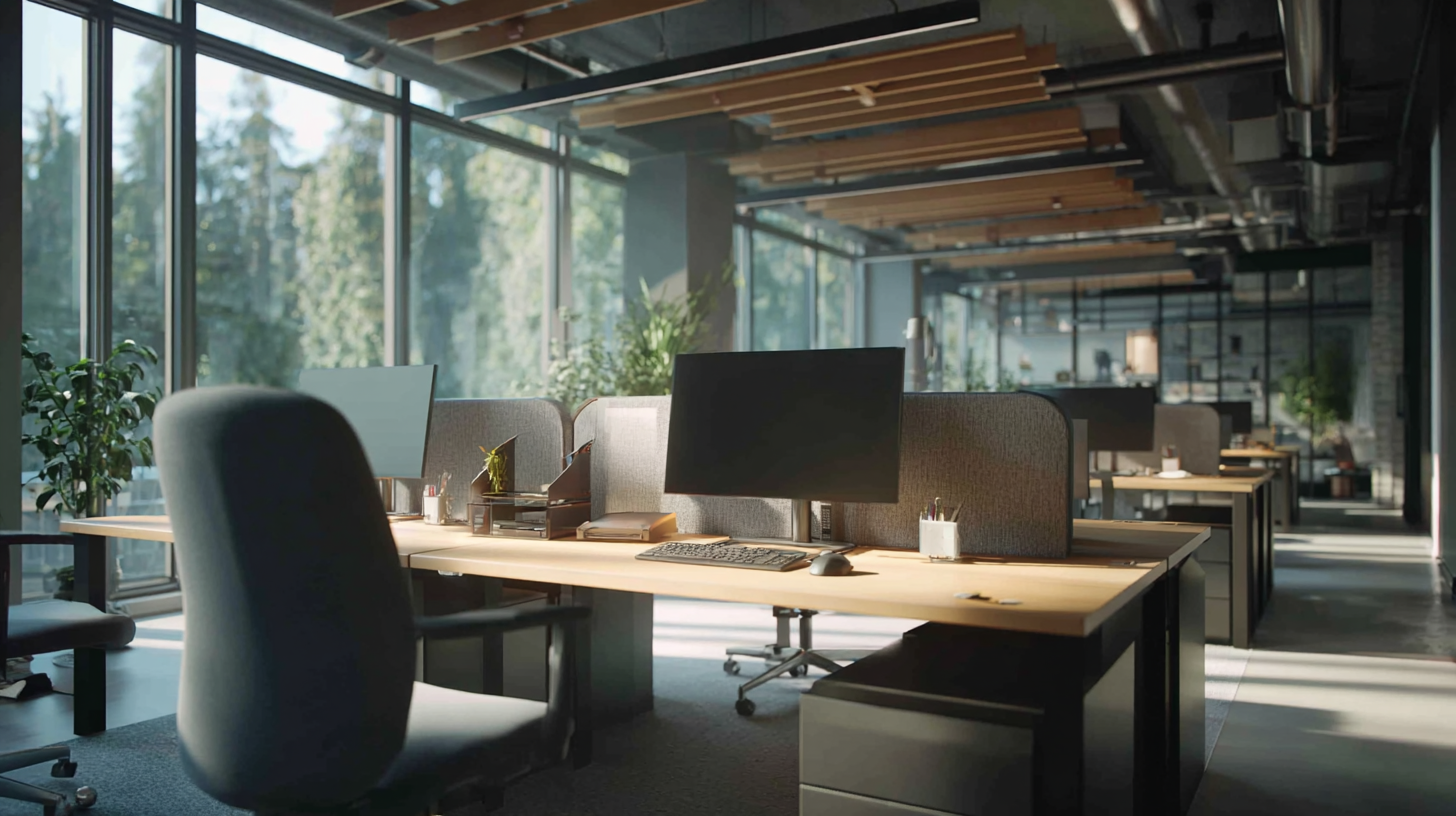
Another key aspect is the height and distance of the light filters from the work surfaces. Filters that are too close may obstruct light flow, while those placed too far may not effectively reduce glare. Finding a balance by adjusting filter height can lead to optimal results. Additionally, consider using adjustable light filters that can be manipulated throughout the day as the sun changes position. This flexibility allows for consistent light quality, promoting not only efficiency but also overall well-being in the workspace.
Case Studies: Successful Implementations of Light Filters in Various Industries
In recent years, various industries have successfully implemented light filters to enhance workspace efficiency. For example, a major tech company revamped its open-office layout with advanced light-filtering solutions that reduce glare from large windows. This transformation not only improved employee comfort but also increased productivity by minimizing distractions caused by harsh sunlight. Similarly, a healthcare facility installed specialized light filters in patient rooms, creating a calming atmosphere that has shown to promote healing and well-being.
To optimize light filter performance, consider the specific needs of your workspace. Evaluate the type of natural light your environment receives and choose filters that complement it. Another essential tip is to regularly maintain and clean the filters to ensure they remain effective over time. Training staff on the benefits of light filters can also be beneficial, as informed employees are more likely to advocate for their proper use.
In the educational sector, schools have adopted light filters to improve learning environments. These filters not only enhance visual clarity but also contribute to reduced eye strain in students. The installation of light filters in such settings has demonstrated measurable improvements in student focus and overall academic performance.
How to Optimize Light Filter Performance to Enhance Your Workspace Efficiency - Case Studies: Successful Implementations of Light Filters in Various Industries
| Industry | Challenge | Solution Implemented | Performance Improvement (%) | Employee Feedback |
|---|---|---|---|---|
| Manufacturing | Excessive glare affecting precision work | Installed anti-glare light filters | 30% | Increased accuracy and satisfaction |
| Office Space | Harsh lighting causing eye strain | Applied diffusing light filters | 25% | More comfortable work environment |
| Healthcare | Bright lights impacting patient comfort | Utilized soft light filters in patient areas | 40% | Improved patient satisfaction scores |
| Education | Distractions from outdoor light | Implemented adjustable light filters | 20% | Enhanced focus and learning outcomes |
Related Posts
-
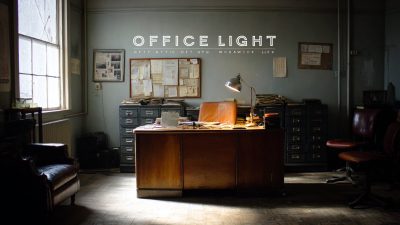
Exploring Alternatives to Best Office Light for Optimal Workspace Illumination
-
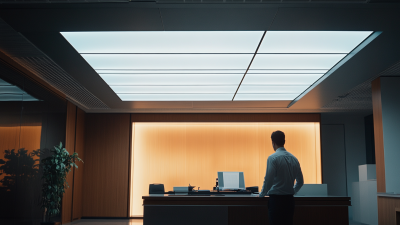
How Leading Lighting Innovations are Redefining Energy Efficiency Standards in Global Markets
-

5 Essential Benefits of Light Surgical Innovations for Modern Healthcare
-
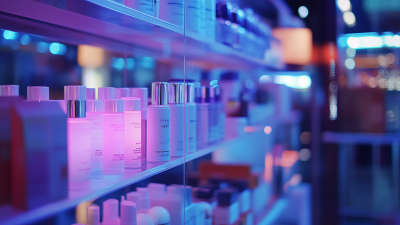
7 Benefits of Using Light For Eye Products in Your Daily Routine
-
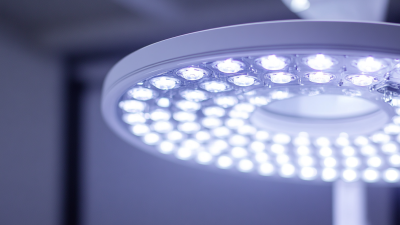
Ultimate Guide to Essential Components You Need for Medical Light Systems
-
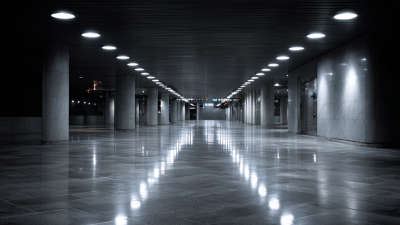
Unveiling the Best Leading Lighting with 50000 Hour Lifespan and 90% Energy Efficiency
© 2025 EXCELSIUS MEDICAL All rights reserved
EXCELSIUS MEDICAL
Taiwan Office
2F., No. 18, Ln.31, Sec.1, Huandong Rd.,
Xinshi Dist., Tainan City 744, Taiwan, R.O.C.
German Office
Zeppelinstr. 4, Haus 3&4,
D-85399 Hallbergmoos, Germany
